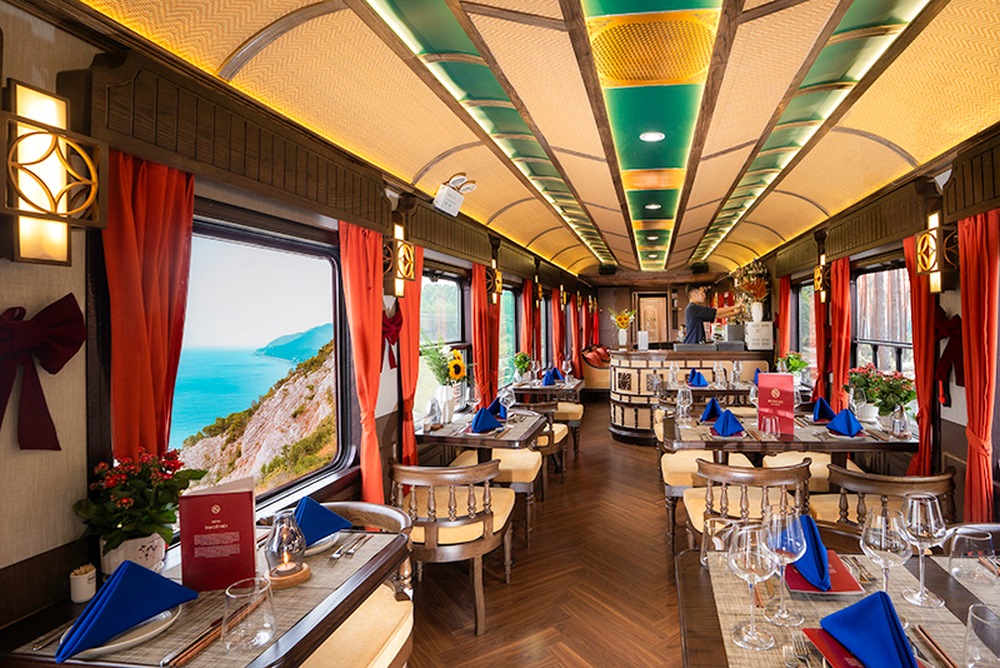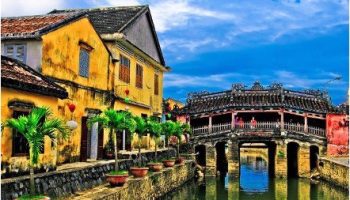
Vietnamese Cuisine: The Differences in Cuisine Across the Three Regions North – Central – South
Not only does Vietnamese cuisine mirror the nature and geography of the country, it is also a clear depiction of the history and culture of each region through each era. The three regions of North, Central, and South—although the dishes are similar—each have their own culinary style, and the dishes are adjusted according to the taste of the people living in that area. Born through many centuries of tradition and daily life entanglement, from family meals to street food, every dish tastes different and tells a story of a rich cultural heritage.
Table of Contents
Toggle
1. Cuisine Differences Across Three Regions of Vietnam
1.1. Northern Vietnam: Subtle, Traditional Flavors
This area is considered the birthplace of the wet rice civilization, and long-standing traditions have produced a delicate, refined culinary style. The people in the North prefer mild flavors, using little or no spices to make the food taste like its ingredients. The food here is elegant and nostalgic, showing the deep-rooted traditions of the region.
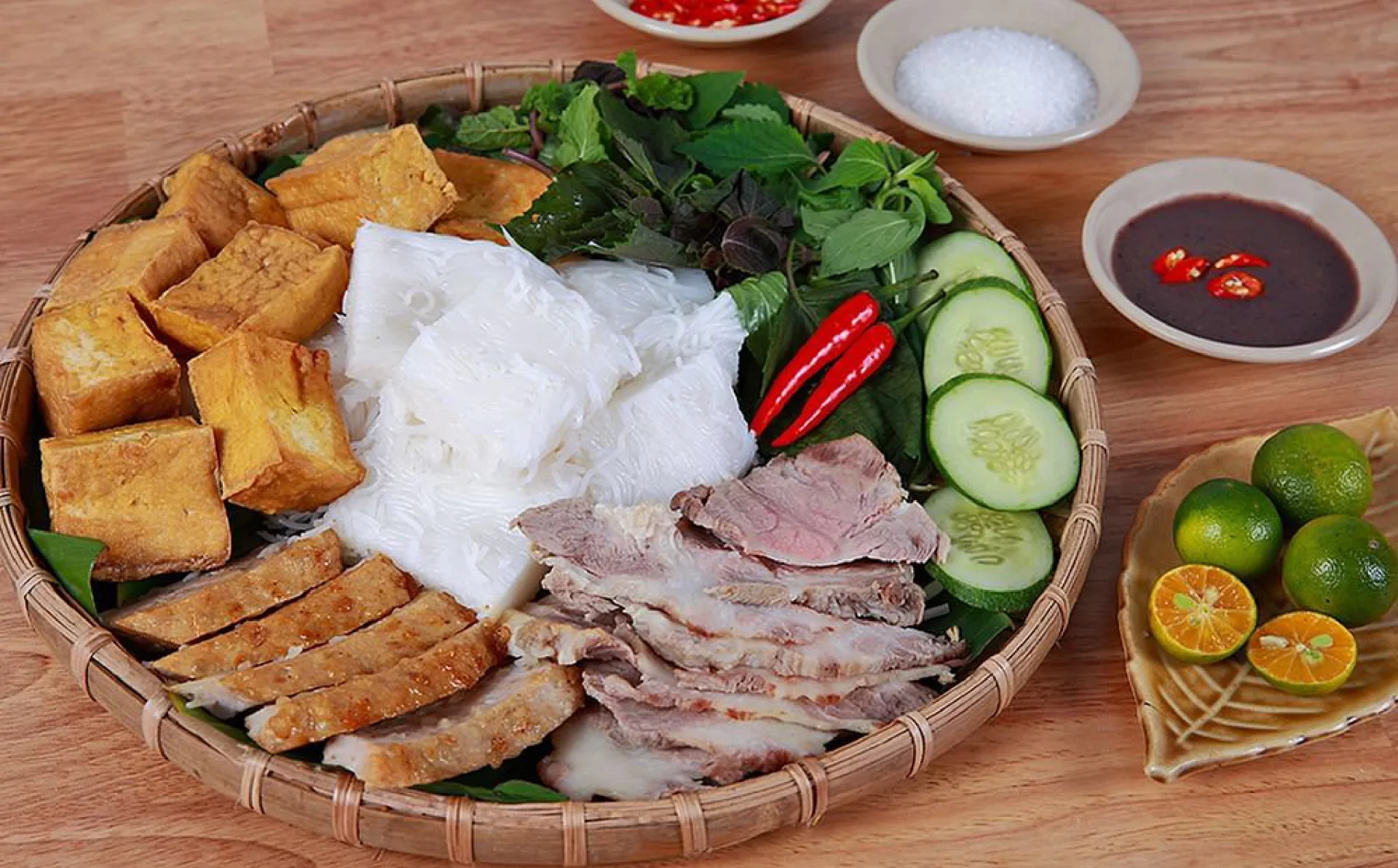
The culinary style of the North is also influenced by a formal and etiquette-oriented society. Family meals and festive dishes are based on balance and harmony. Savory dishes, vegetables, soup, and dipping sauces are complete in a typical meal in the North. Excessive sweetness or saltiness is avoided in dipping sauces, especially fish sauce, so that the food’s flavors are highlighted. Also, traditional Northern foods are a strong expression of a communal spirit. Many recipes are designed to be acceptable to all family members, and there are no hugely spicy or rich dishes. The Northern people also pay much attention to how food is presented, and all the dishes have to look elegant and balanced and not at all elaborate.
Read more: Hanoi Cuisine: A Must-Know Culinary Insight
1.2. Central Vietnam – Sophisticated and Rich, and Inspired by Royal Cuisine
Central Vietnamese cuisine is most famous for its rich, spicy, and strong tastes, while the food in the North is rather bland. Due to the difficult climate and many storms, every ingredient is important for people in this area; therefore, the food is quite spicy. Chili, shrimp paste, and fermented fish sauce are used in many dishes to enhance the flavor and preserve the food.
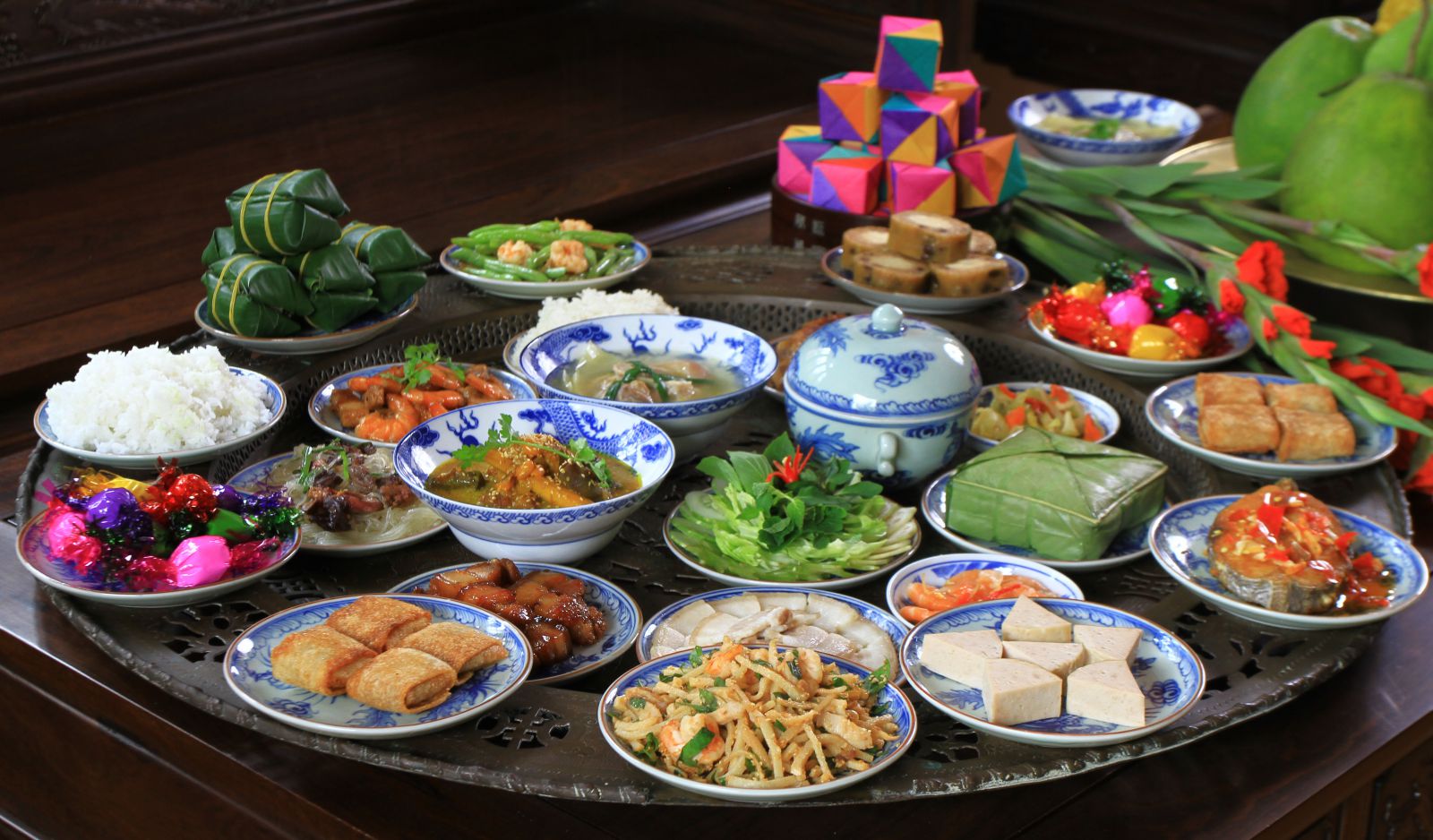
Cuisine in Central Vietnam also has a connection to Hue, the former royal capital, and this explains many complicated and beautifully prepared dishes. This is because the people of Central Vietnam believe that food is not only for the purpose of feeding the body but also for the purpose of art. Whether it is street food or a dish that was served to emperors, every meal is made with love.
Furthermore, Central Vietnam is known for having a vast number of rice flour-based snacks. These small yet very tasty dishes are the best example of how the people of this area are able to make something incredible from the simplest ingredients. They are not only food but examples of the culture, which are passed from generation to generation.
1.3. Southern Vietnam – Generous, Sweet, and Culturally Diverse
Cuisine in Southern Vietnam is characterized by openness and the combination of tastes, as well as by the friendly attitude of the people. The South is a relatively new region in the history of Vietnam, and the food there is a combination of Khmer, Chinese, and Cham cooking techniques. Southern people have a sweet tooth and use sugar and coconut milk in both main courses and desserts. This is because the region has coconut, sugarcane, and tropical fruits as its natural resources. Sweetness in Southern cuisine is not just about the taste, but also about the people’s nature of being kind and polite.
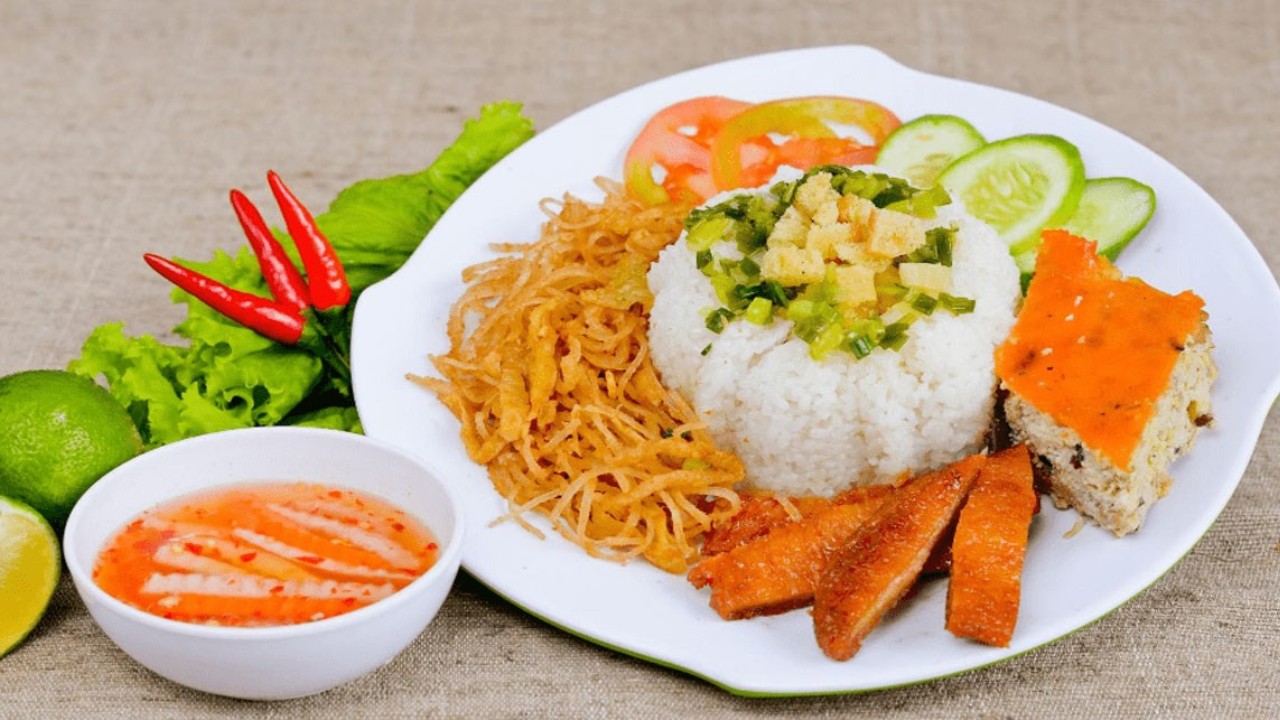
Another feature of Southern cuisine can be distinguished by its communal dining culture. Meals are presented with a vegetable tray, herbs, and dipping sauces, which are used to customize the meal. Portions are also larger than in other regions; they are for sharing with family and friends, as Southern Vietnamese people value community and family a lot.
The cuisine in the South is also quite diverse due to the cultural composition of the area, as it has been influenced by Chinese and Khmer cooking. These dishes are not only meals, but also proof of the cultural interconnection in the region, which is not static.
2. Top 10 Must-Try Dishes in Vietnam
2.1. Pho Bo
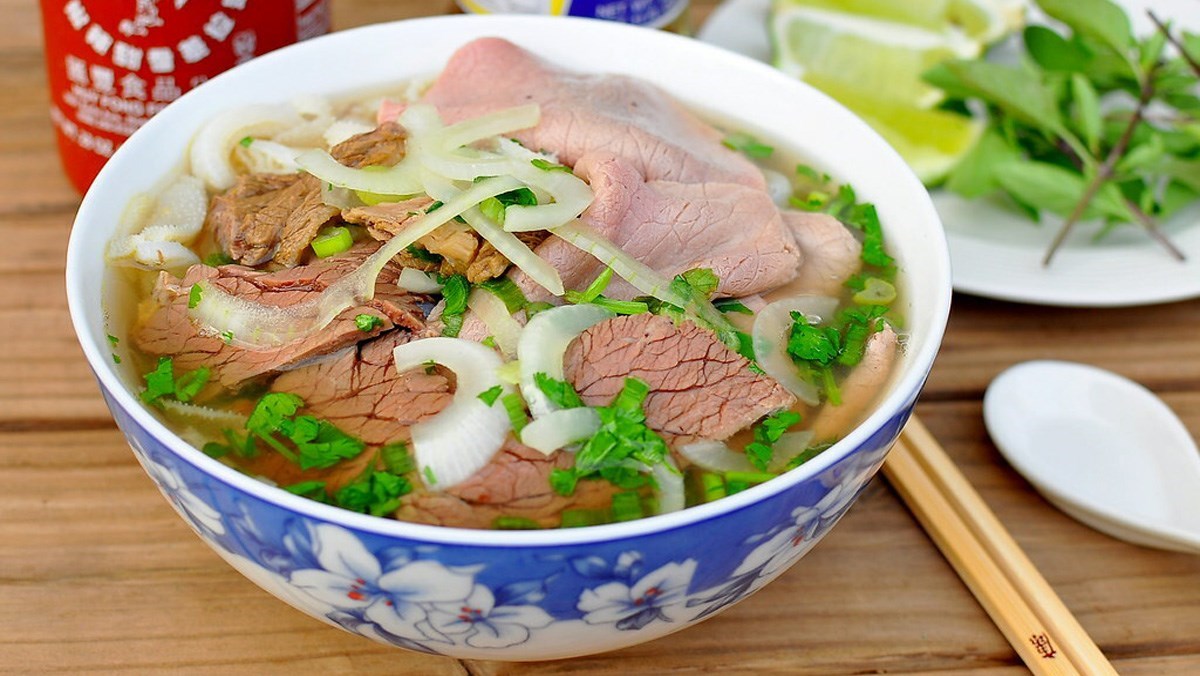
The traditional taste of Hanoi features a rich and aromatic broth. The deep flavors of cinnamon, star anise, and beef bones are absorbed by the tender rice noodles, making it a staple breakfast dish. The thinly sliced beef is cooked to perfection, adding to its exquisite taste.
2.2. Bun Cha
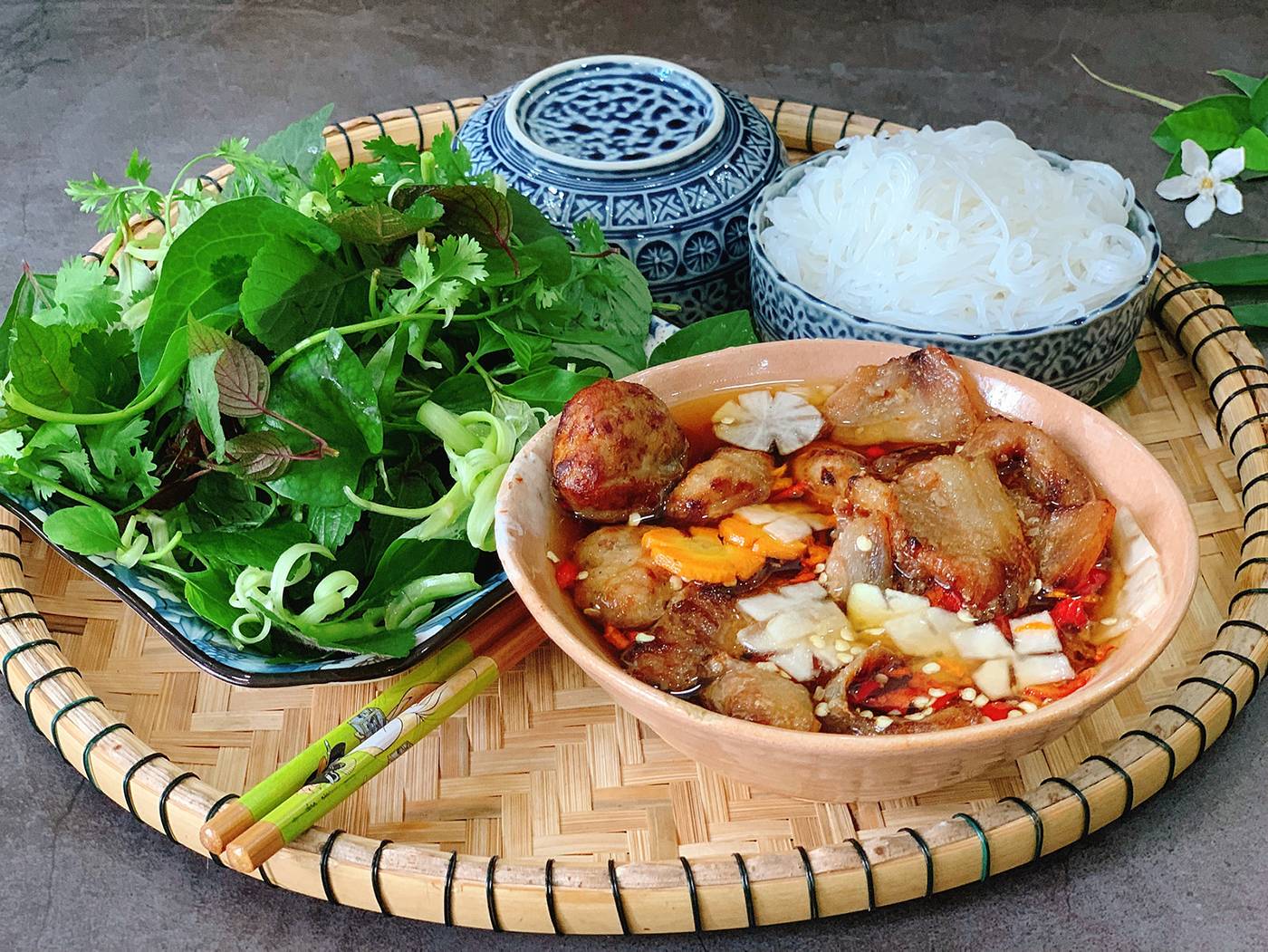
Hanoi’s signature grilled pork with vermicelli noodles and dipping sauce. The sweet-sour fish sauce goes well with the smoky aroma of charcoal-grilled meat. This delightful dish is completed by fresh herbs and pickled papaya.
2.3. Cha Ca La Vong
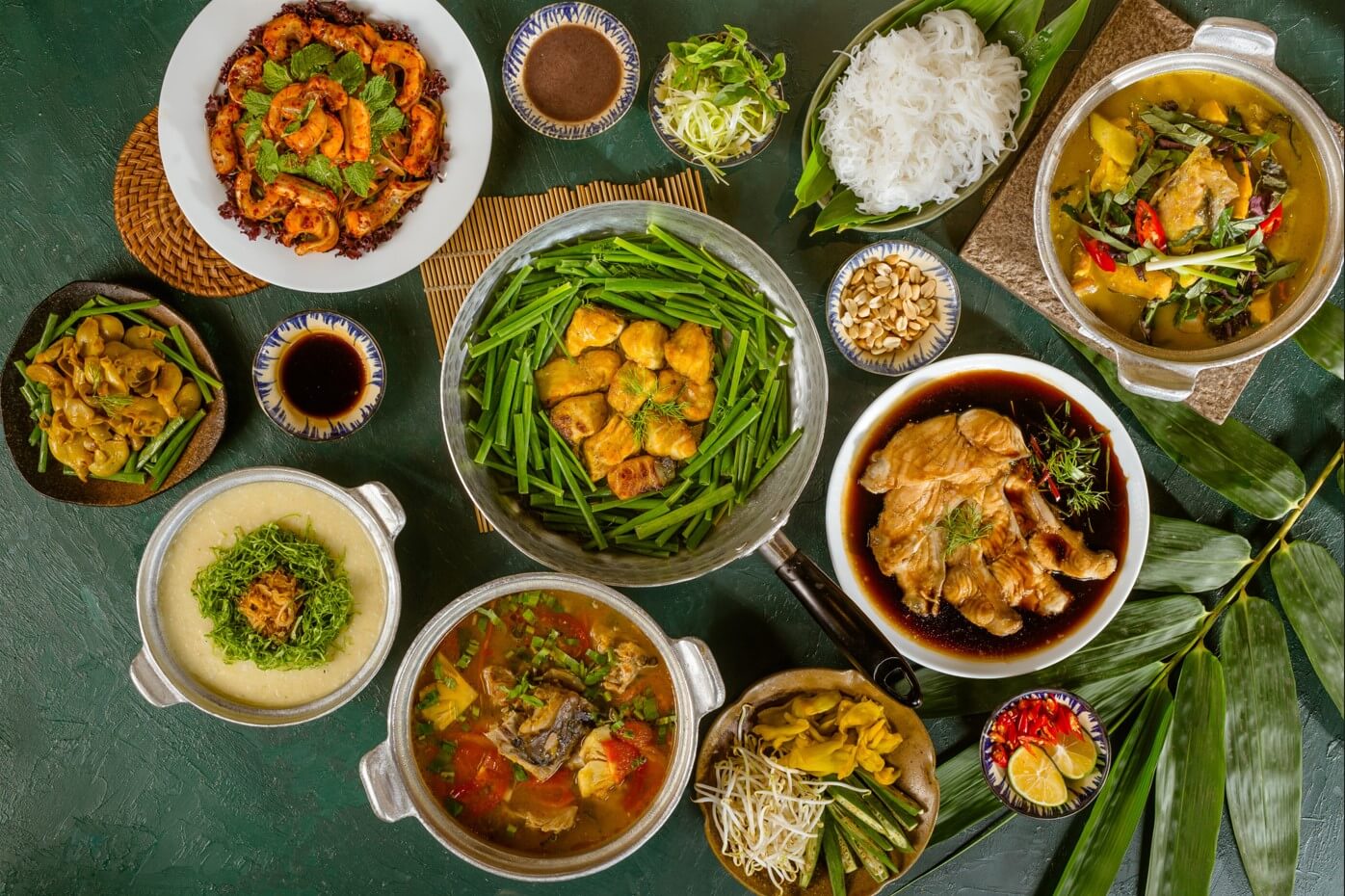
Pan-fried turmeric-marinated fish with dill, served with noodles and peanuts. The dish is full of the fragrance of fresh herbs and spices, which makes it a specialty of Hanoi. The crispy yet tender fish with the savory fish sauce has a complex flavor profile.
2.4. Bun Bo Hue
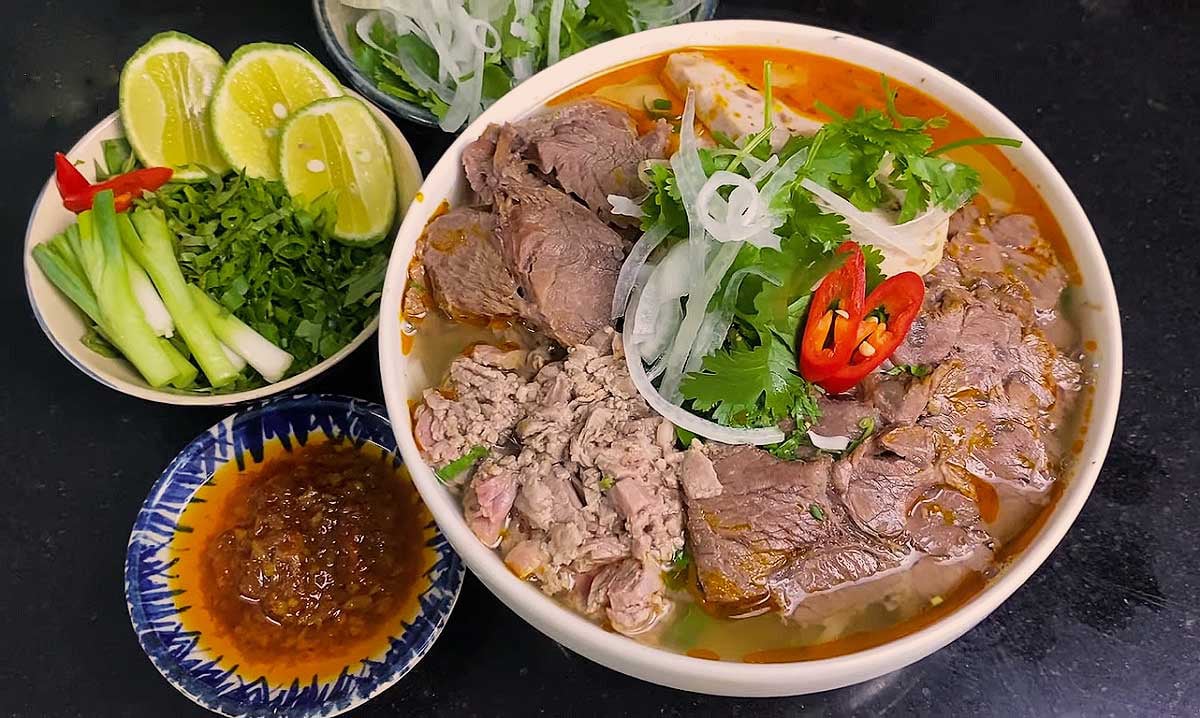
Spicy beef noodle soup from Central Vietnam, infused with lemongrass, shrimp paste, and chili, its broth achieves a spicy umami balance. Slices of beef, pork knuckle, and congealed blood give the dish more depth.
2.5. Mi Quang
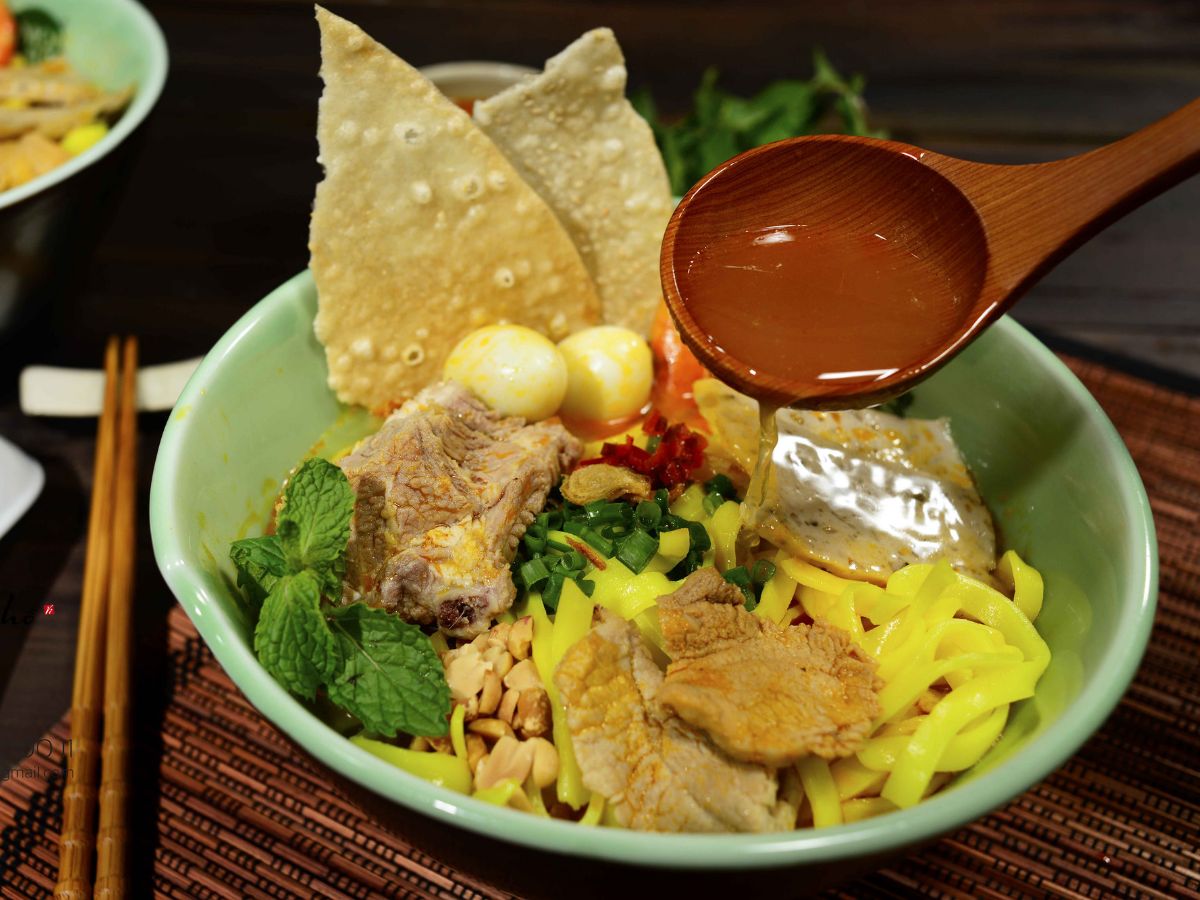
Noodle dish from Quang Nam province. Shrimp, pork, and peanuts top turmeric-infused noodles, creating a unique texture contrast. Just a little bit of broth enhances the flavors of the dish without masking them.
2.6. Cao Lau
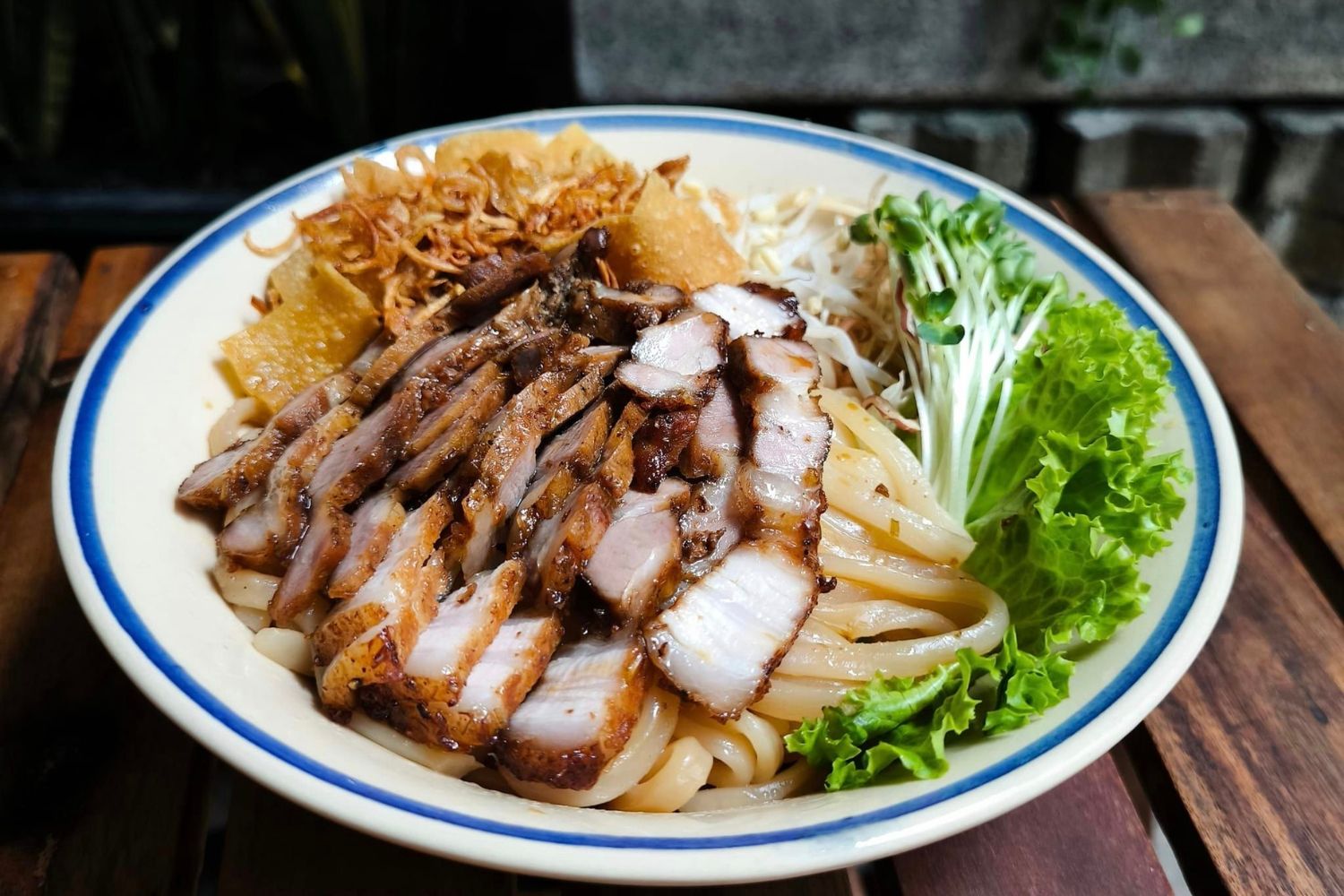
Thick noodles with char siu porkand fresh greens are a signature dish of Hoi An. The noodles, made from water from ancient Cham wells, have a very distinctive chewy texture. This dish is evidence of Hoi An’s heritage, reflecting Japanese and Chinese influence on its cuisine.
2.7. Com Tam
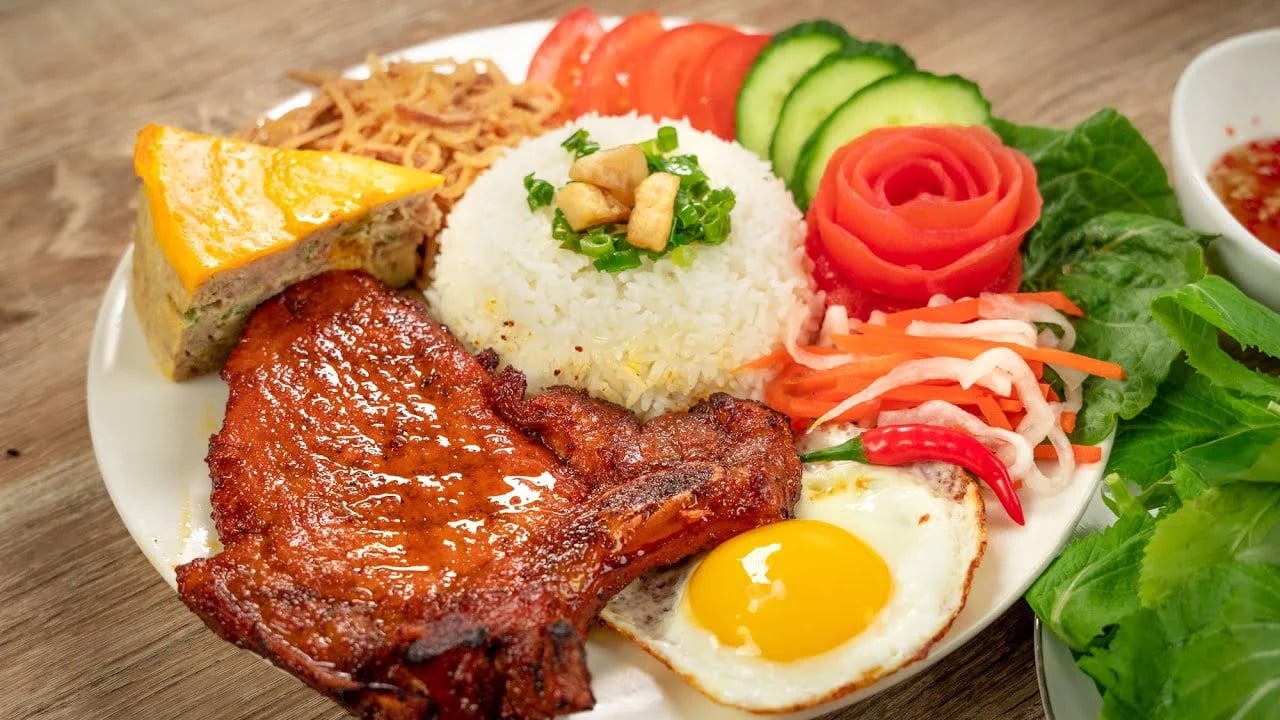
Saigon’s beloved dish is grilled pork and sweet fish sauce on broken rice. The smoky, caramelized pork goes well with pickled vegetables and a fried egg. Broken rice grains have a slightly chewy texture, which makes it a special culinary experience.
2.8. Goi Cuon
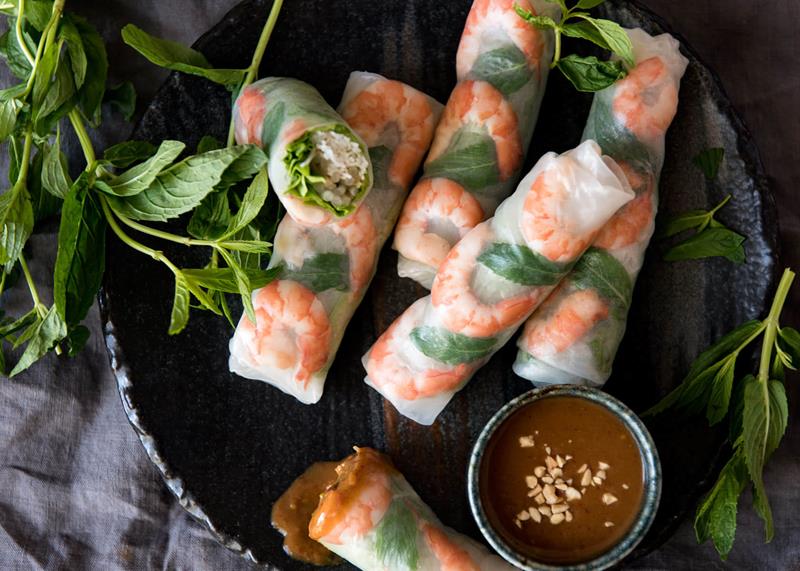
Shrimp, pork, vermicelli, and herbs are rolled up in fresh spring rolls and served with peanut sauce. These light yet flavorful rolls are perfect for a healthy snack. The fresh greens and the rich peanut sauce are a refreshing contrast.
2.9. Banh Xeo
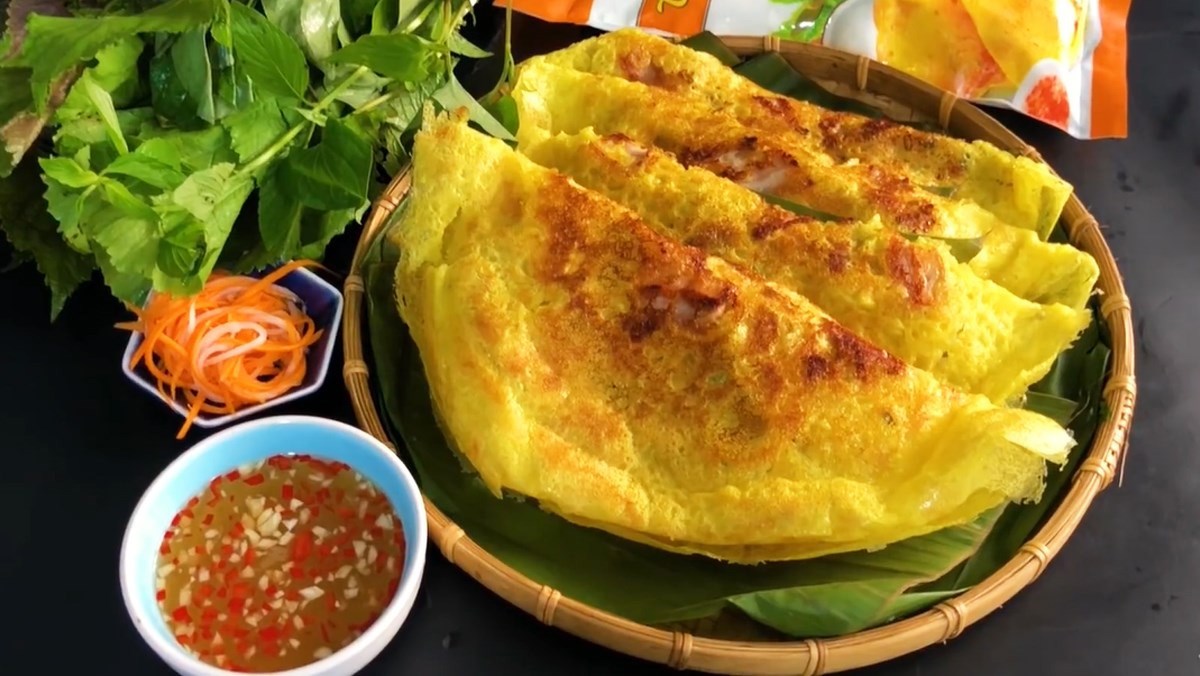
Shrimp, pork, and bean sprouts are stuffed into crispy, golden Vietnamese pancakes. The thin, crunchy crust is a good counterpoint to the soft filling. When you wrap it in lettuce and dip it into fish sauce, you get the perfect texture and flavor in every bite.
2.10. Lau Mam
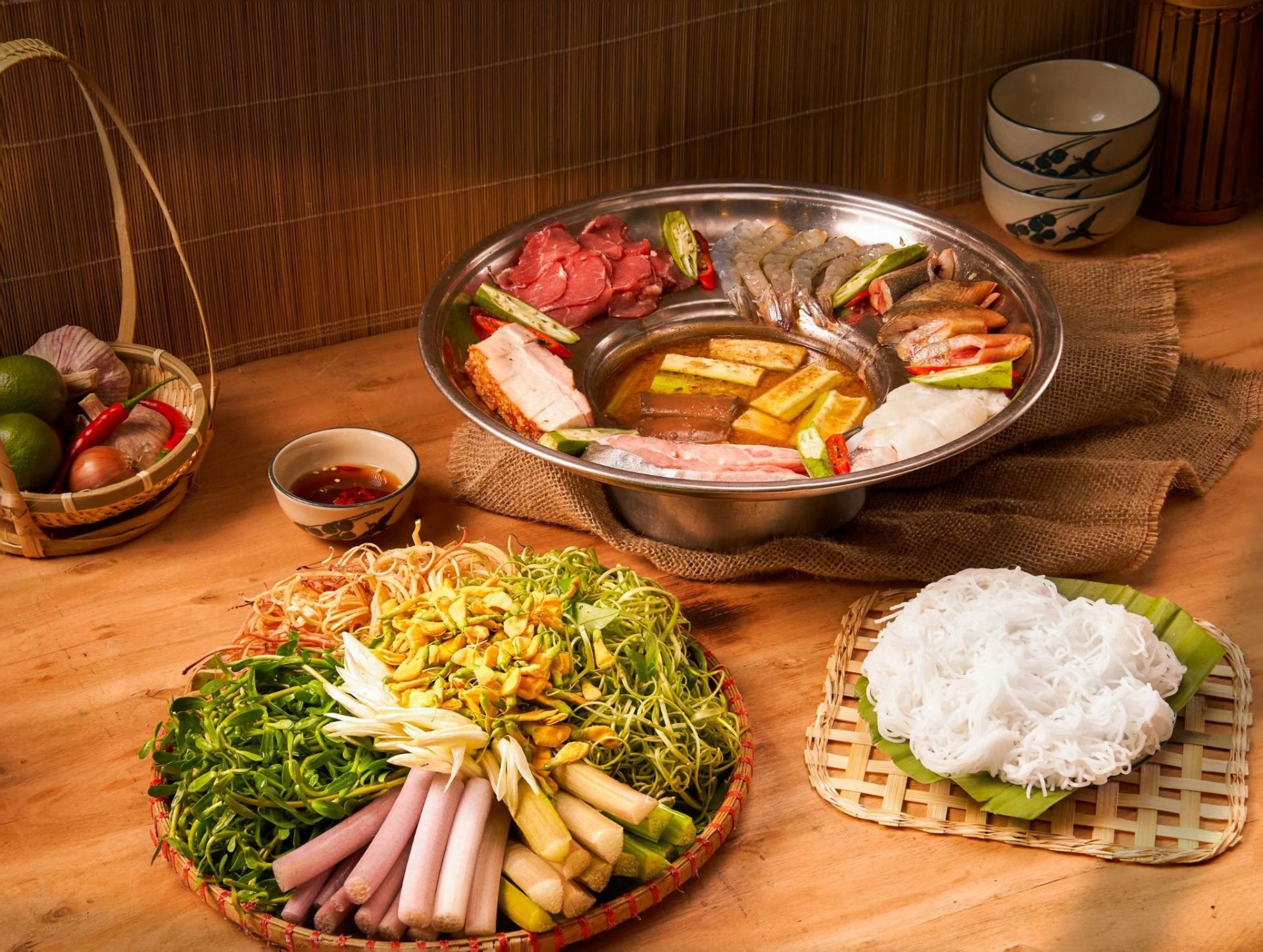
A hotpot from the Mekong Delta with a flavorful fermented fish broth. The umami infused broth has lemongrass, coconut water and chili for a distinct aroma. It is served with fresh vegetables and seafood to give a real taste of Southern Vietnam.
3. A Culinary Journey Aboard a Luxurious Train
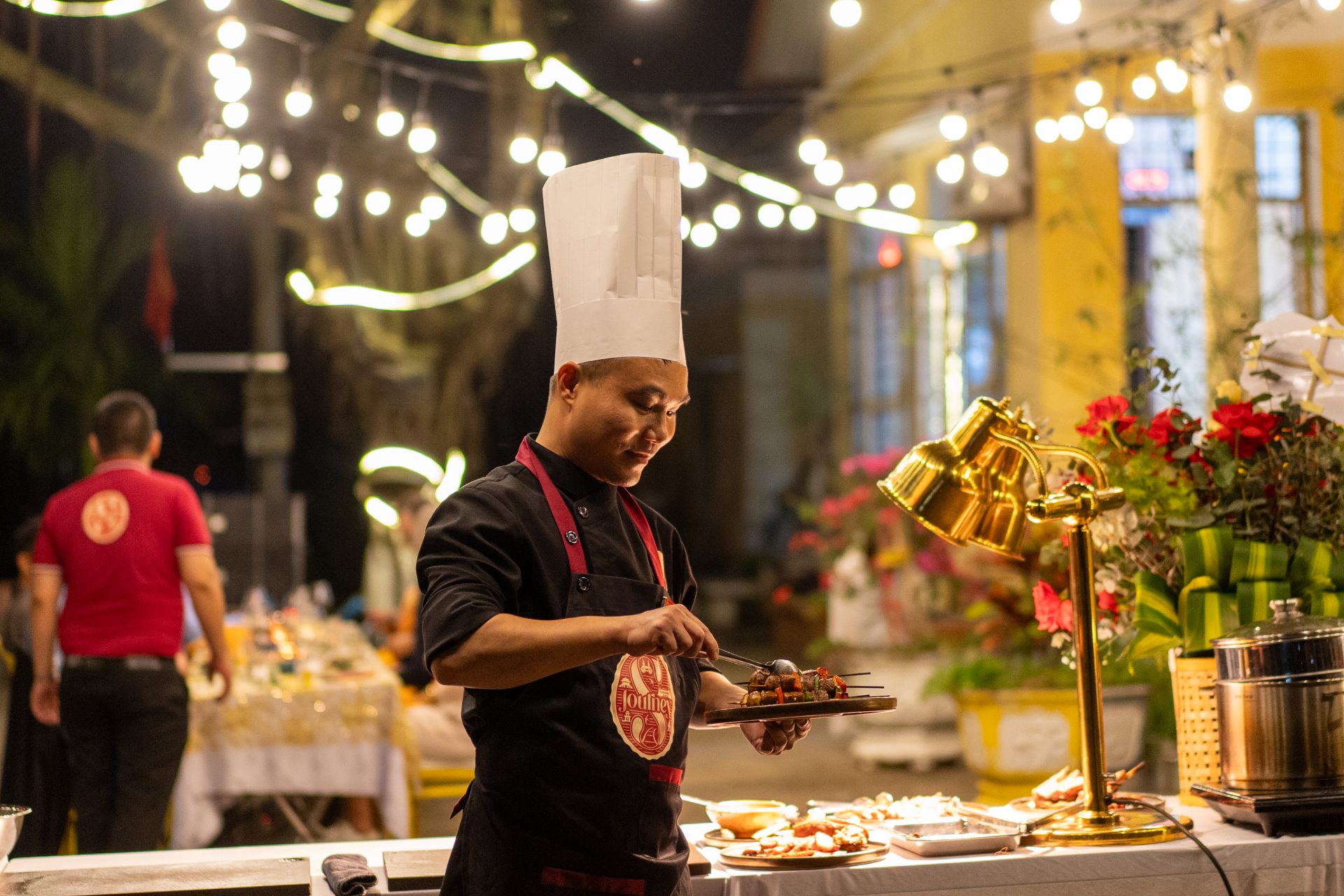
On the S-Journey train, guests will be able to taste the best of the three regions of Vietnam. Every meal is carefully chosen to complement the areas visited on the tour, so that everyone can experience the tradition of Vietnamese food while admiring the beautiful views. S-Journey is not just a train ride; it provides a taste of the country’s culinary and cultural experiences.





